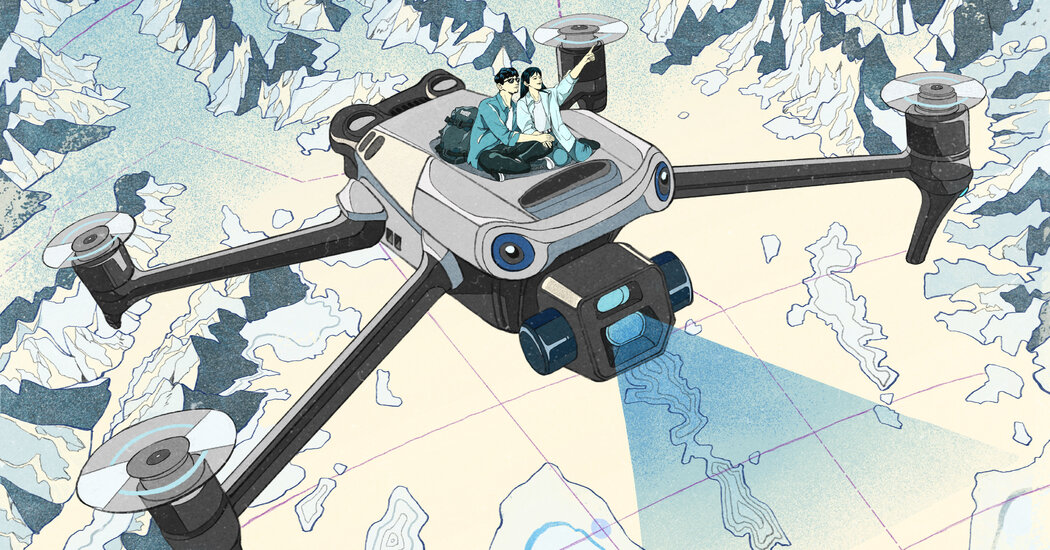
Before the advent of drones, people had to rely mostly on airplanes or helicopters to take aerial photographs. Now, thanks to increasing availability and decreasing price points of drones, as well as advances in obstacle avoidance technology, GPS navigation, battery life and camera stabilization, it certainly seems easier to take photographs from higher elevations.
But that doesn’t mean anyone with a drone can make excellent photographs. Here are some practical tips on the logistics of drone usage and suggestions to make better photos while traveling.
First, know the rules
In the United States, the Federal Aviation Administration oversees drone regulations, and FAADroneZone is the country’s official website for understanding drone requirements and managing drone services. If you are a recreational flyer, you must pass an aeronautical knowledge and safety test, called the Recreational UAS Safety Test, before flying your drone.
The drone company DJI also has a detailed website that instructs drone users on local rules and regulations.
The basic rules for flying a drone as a hobbyist — that is, recreationally using a drone — are to fly the unmanned aircraft only at or below 400 feet, always keep the drone in sight, do not fly in restricted airspace and do not fly over groups of people. If you are flying your drone commercially, you must become a certificated remote pilot by passing the F.A.A.’s Part 107 test. This is a more extensive test and covers additional drone rules, airspace regulations and weather conditions.
Be aware that many countries may have different regulations. Anywhere you go, you may be fined or your aircraft may be confiscated if you do not adhere to the rules.





